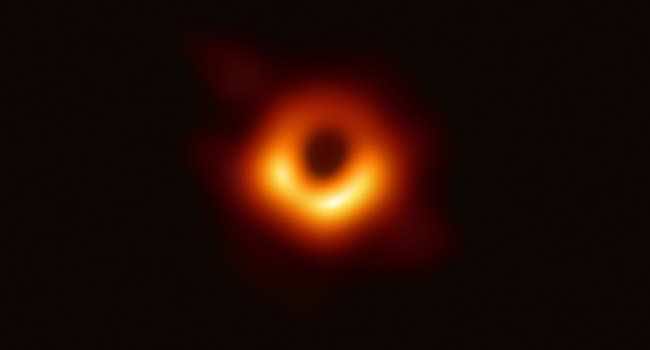The emergence of the UV wavelength has sparked a revolution in the laser marking industry. Unlike CO2 and fiber wavelengths, UV laser marking utilises a cold processing technique that not only preserves the integrity of materials but also opens the door to a vast array of applications across diverse industries.
At the heart of a UV laser marking system lies the concept of cold processing. This innovative approach means that the UV wavelength generates minimal heat during the marking process. As a result, a wide range of materials, including heat-sensitive ones, can be marked without fear of damage or distortion. This breakthrough feature broadens the horizons of UV laser marking, making it a go-to solution for industries where delicate materials are commonplace.
One of the standout features of UV laser marking is its ability to achieve unparalleled accuracy, thanks to its significantly smaller spot size compared to other wavelengths. The focused precision of the UV wavelength allows for intricate designs, fine lines, and detailed markings with absolute clarity. This level of accuracy is a game-changer for businesses seeking to distinguish themselves through branding, serialisation, or customisation.
The flexibility of UV laser marking extends far beyond its ability to handle various materials. Businesses across different sectors are leveraging this technology to enhance their processes and products. In the medical industry, for instance, UV laser marking ensures sterile and safe medical devices without compromising the integrity of the materials. In electronics manufacturing, the precision of UV laser marking is instrumental in creating clear, durable, and readable markings on components.
Businesses across a wide range of sectors are utilising this technology to enhance their processes and products. Take the medical industry for example, a UV laser offers a sterile and safe way to mark medical devices without compromising the integrity of the materials. This is especially important in a medical environment as the surface remains smooth, eliminating the chance of bacteria infiltrating the material. In manufacturing, UV laser marking is used for traceability to create clear, durable, and legible markings on components, enabling businesses to trace all processes during production.
Beyond its technical prowess, UV laser marking aligns with the growing emphasis on sustainability. The cold processing technique not only ensures minimal waste but also eliminates the need for additional chemicals or abrasive materials. This eco-friendly approach resonates with businesses committed to reducing their environmental footprint while maintaining top-tier marking quality.
The cold processing technique, coupled with a smaller spot size, positions UV laser marking as the ideal choice for industries seeking high-quality and detailed markings on a diverse range of materials. As businesses continue to explore innovative solutions, the advantages of UV laser marking are set to redefine the standards of precision and flexibility across various sectors.


